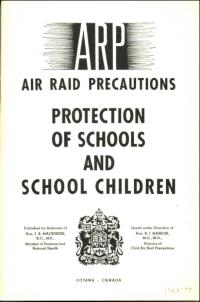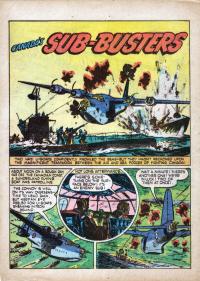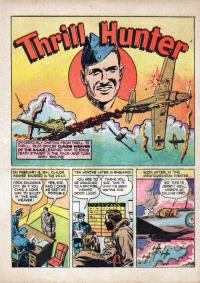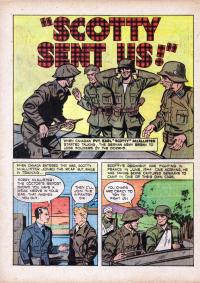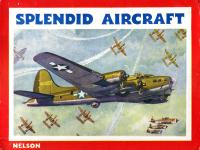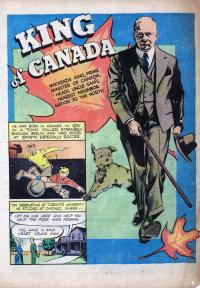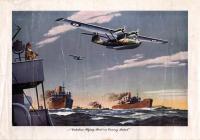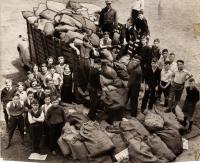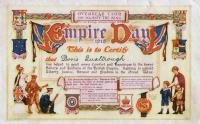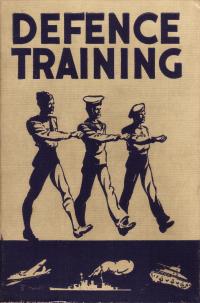Learning
Introductory Essay
Air Raid Precautions - Protection of Schools and School Children
Part of a larger series, this booklet detailed the necessary steps in protecting schools from potential air raids.
Battle in the Atlantic
This comic focused on the cooperation between Canadian airmen (in this case, the crew of a Sunderland flying boat) and British sailors of the destroyer HMS Drury in fighting the war against German U-Boats.
A Yank in the RCAF
Oklahoma native Claude Weaver joined the Royal Canadian Air Force, became an ace, was shot down in Italy, and escaped from a German prison camp.
An infantry hero
Earl McAllister was rejected as physically unfit by the Royal Canadian Air Force, but earned fame by capturing dozens of German soldiers during the campaign in Normandy in 1944.
Splendid Aircraft
This book, which combined full-colour artwork and detailed technical drawings, must have been a delight to children raised in an era when aviation occupied such a prominent place in popular culture.
Mackenzie King, comic book hero
This comic, probably published in the United States early in 1942, introduced children to prime minister Mackenzie King and the war policies of his government.
Posters to collect
These posters, featuring graphic art by Ted Harris, were probably distributed as a product premium during the Second World War.
Fighting the war in schools
Like most children, the students of Lord Roberts School in London, Ontario, were deeply involved in supporting the war effort, through collecting scrap paper, raising money for the Canadian Red Cross Society, or donating money to buy airplanes.
Recognizing children's contributions
Certificates like these were given to schoolchildren as a way to recognize their contribution to the war effort, and to ensure that they felt included in the struggle.
War in Canada's high schools
Courses in defence training were mandatory for boys and girls in most Canadian high schools during the Second World War, although certain elements of the course for girls (such as "Healthful Living, Rhythmics, Dances, etc") were not covered in this textbook.

